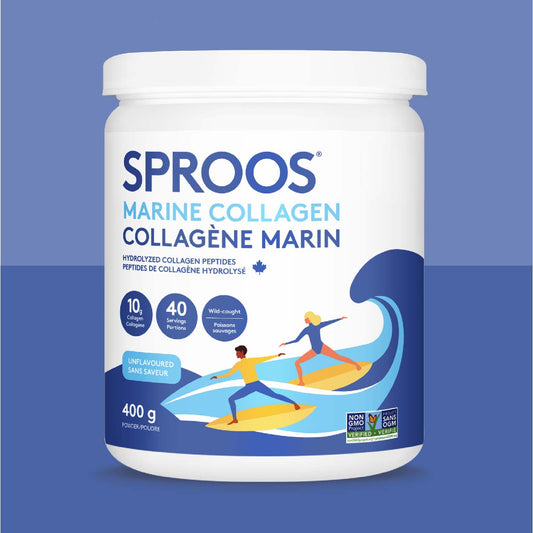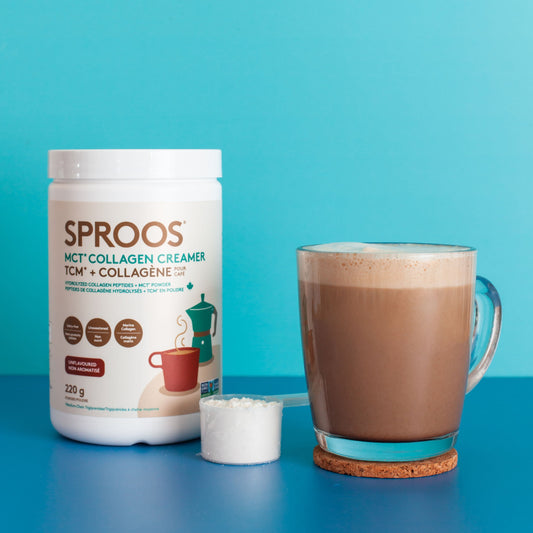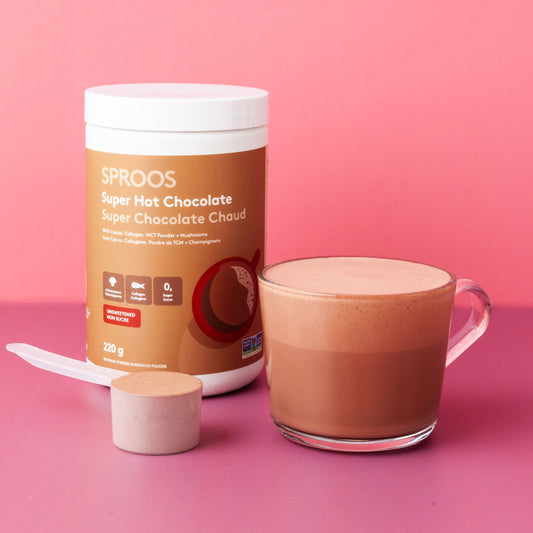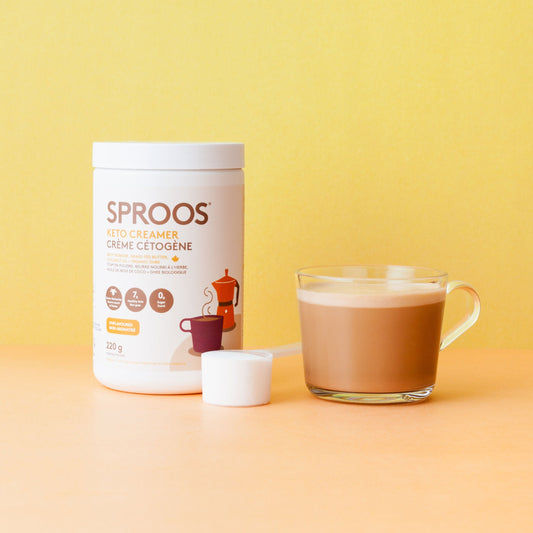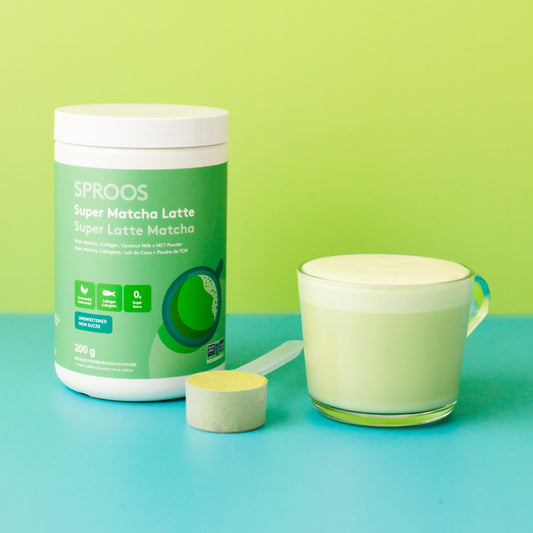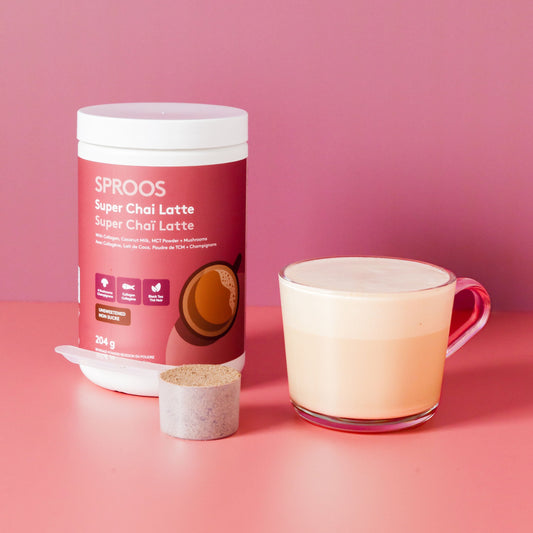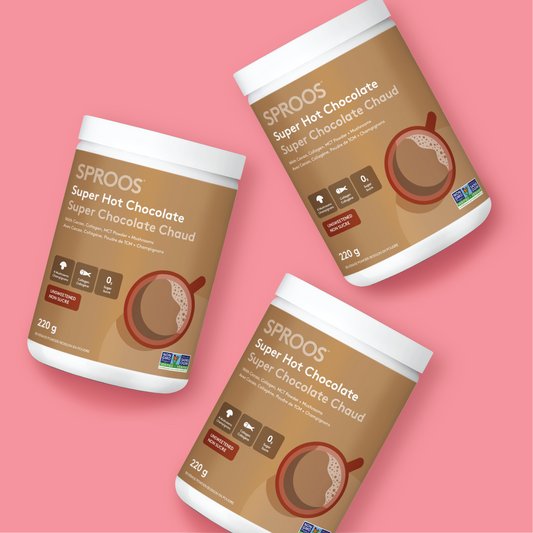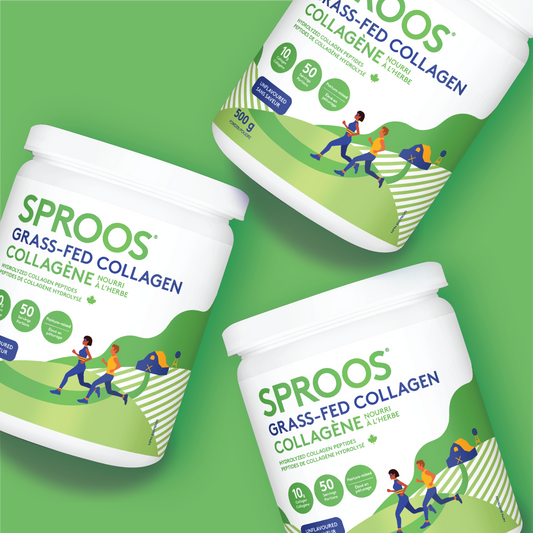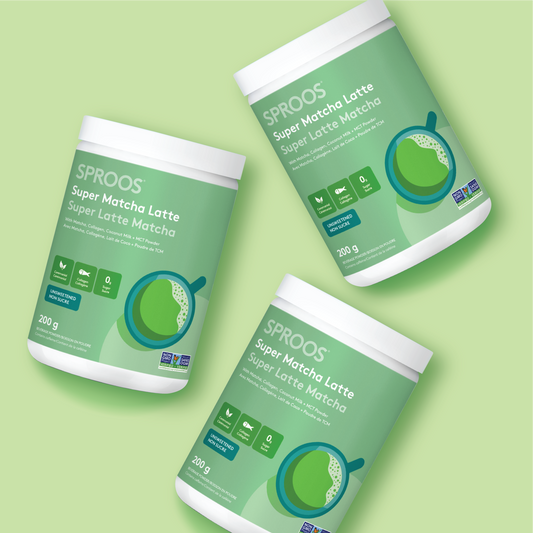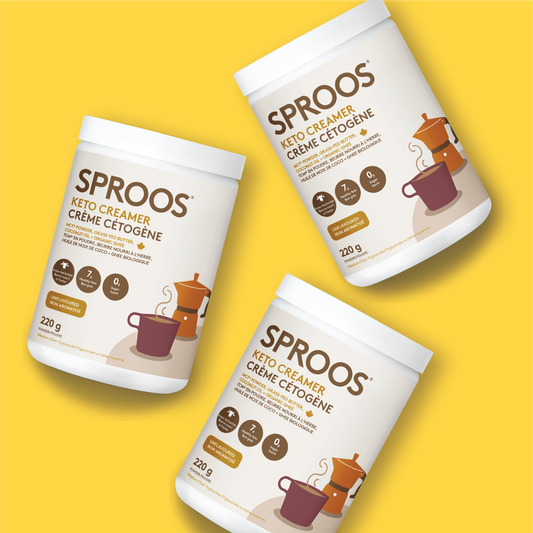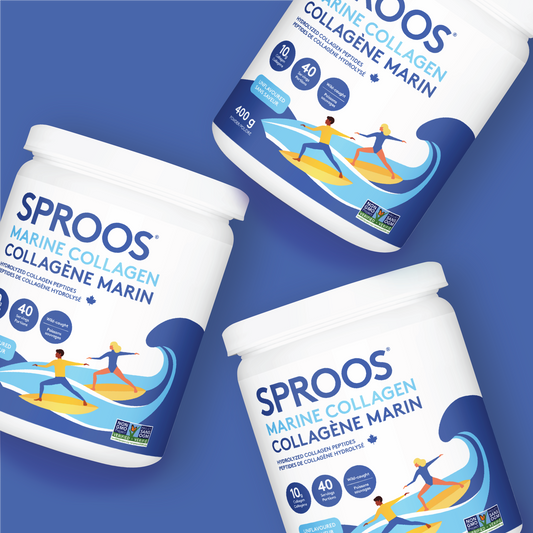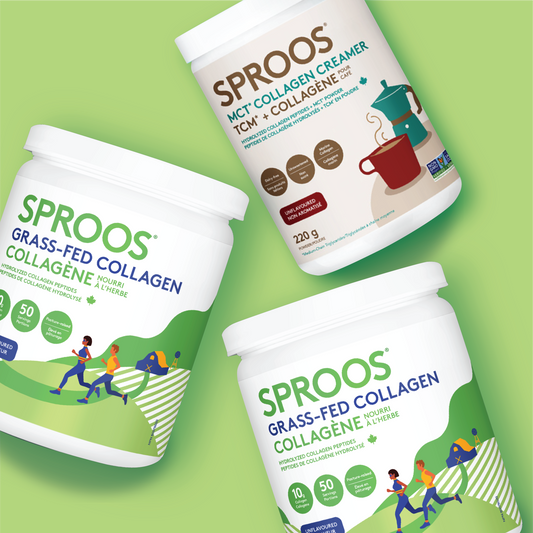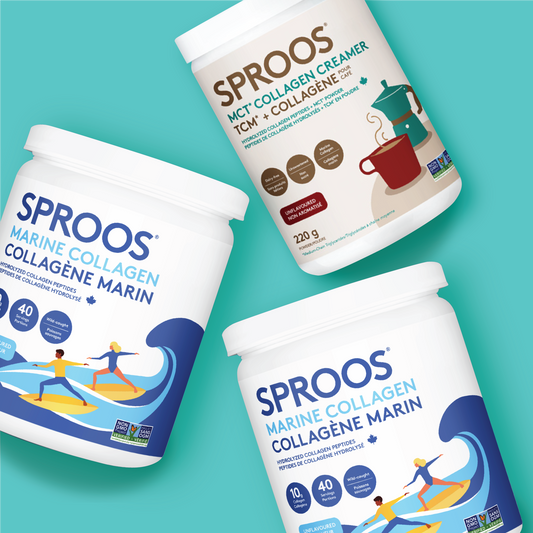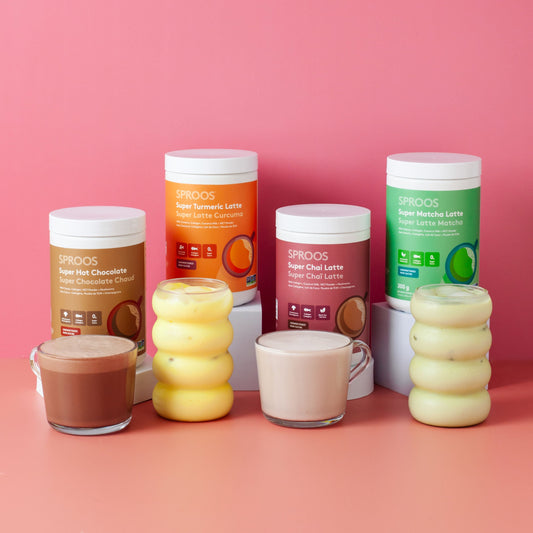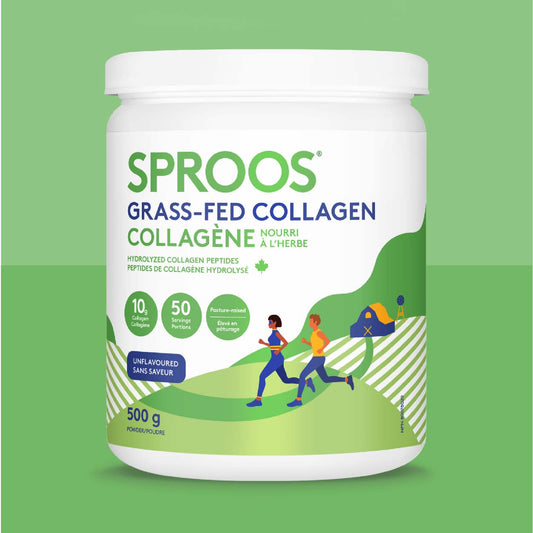What does aphrodisiac mean and where did this idea originate from?
An aphrodisiac is defined as a substance (this can be a food, nutraceutical or pharmaceutical) that increases sexual desire, sexual pleasure and sexual attraction. The term aphrodisiac originates from the Greek goddess of love, Aphrodite. Throughout history, many different cultures had their own foods of both plant and animal original that were used as aphrodisiacs.1. Maca
Maca, also known as Peruvian ginseng, is an edible plant native to South America. It was historically used as an aphrodisiac and for its fertility enhancing properties. Since then, there have been many animal and human model studies investigating the effects of maca on all aspects of sexual health. This includes fertility, sexual arousal and more. Maca can now be found in powder form making it easy to add to different drinks such as smoothies or in various other foods such as baking (stay tuned for a delicious maca recipe coming soon!).2. Saffron
Saffron is an herb that was used in traditional medicine as an aphrodisiac as well. It is typically harvested in Greece and India. Supplementing with saffron has shown to have improvements in sexual function in men and women who have decreased libido, sexual pleasure and sexual function.3. Red Ginseng
Red ginseng is an herb that is grown in the Northern Hemisphere of the world. It has been traditionally used for all sorts of health benefits including as an anti-inflammatory agent, to help with lung function, for cognitive function and for sexual function. Studies have found red ginseng to have a positive impact on sexual function as well as no impact. However, there are promising results in various cell culture studies (read: in a lab) that warrant more studies in humans!Some other popular aphrodisiac foods:
Before we get into this list, it is important to note that while these have become popular in mainstream media for their aphrodisiac effects, there is little scientific evidence to support their benefits. Despite this, if having a piece of chocolate gets you in the mood, don’t stop on our account!1. Chocolate
Chocolate has become popular over the years as an aphrodisiac, but science may suggest differently. A study with 163 women investigated whether there was an association with daily chocolate intake and sexual function. Chocolate intake was recorded, and various questionnaires were used to assess sexual function and distress. The researchers found that those who reported higher sexual function, also had a greater chocolate intake (wait, keep reading!). Yet, when the researchers considered age differences, they found that the differences reported in sexual function were actually not so different. This indicated that the chocolate had little to no effect on sexual function.
Despite this, chocolate has long been associated with all things love. As such, chocolate may indirectly have some aphrodisiac effects because of its strong association with love.
2. Raw oysters
While there are few studies on oysters themselves being aphrodisiacs, they are high in different nutrients that contribute to sexual health and libido. Zinc and omega-3 are two important compounds found in oysters. Omega-3s helps promote fertility in both men and women, and zinc is important in the production of sex hormones.3. Strawberries
When you think about aphrodisiac foods, strawberries and chocolate are what come to mind. Strawberries have been associated with love and sex for centuries. In fact, the Romans used to consider strawberries a symbol of Venus, the goddess of love. But, there are no studies that prove it to be an aphrodisiac. This delicious berry is packed full of nutrients that contribute to health, but nothing directly links the fruit to increased sexual arousal or desire.4. Figs
Figs are another fruit that have long been thought of as an aphrodisiac. This is due to their appearance more than anything. However, figs are high in nutrients including zinc which plays a role in producing testosterone, a sex hormone. In addition, figs contain lots of other micronutrients that are important for general health and well-being.5. Spicy Foods
Despite little to no evidence to support spicy foods having a direct physiological effect on sexual health, it has gained popularity as an aphrodisiac. This may be due to a common effect of eating spicy food which is the slight tingling sensation on your lips and tongue. This is caused by a compound called capsaicin which stimulates nerve endings on the tongue. Looking to add something spicy into your life? Check out this delicious spicy hot chocolate recipe!The takeaway?
Although there may not be a ton of scientific evidence to support some of these foods being aphrodisiacs, there is something called the placebo effect that may play into this. Before getting discouraged, the placebo effect isn’t as bad as it may seem! In the case for a lot of these foods that we commonly think of as aphrodisiacs, there is little to no scientific evidence to support such claims. However, because of our strong associations and expectations between these foods and sex and love, we are more likely to find that these foods act as aphrodisiacs anyways!Sources
- Choy, M., El Fassi, S., & Treur, J. (2021). An adaptive network model for pain and pleasure through spicy food and its desensitization. Cognitive Systems Research, 66, 211–220.
- Chung, H. S., Hwang, I., Oh, K. J., Lee, M. N., & Park, K. (2015). The Effect of Korean Red Ginseng on Sexual Function in Premenopausal Women: Placebo-Controlled, Double-Blind, Crossover Clinical Trial. Evidence-Based Complementary and Alternative Medicine : ECAM, 2015, 913158.
- Oh, K.-J., Chae, M.-J., Lee, H.-S., Hong, H.-D., & Park, K. (2010). Effects of Korean Red Ginseng on Sexual Arousal in Menopausal Women: Placebo-Controlled, Double-Blind Crossover Clinical Study. The Journal of Sexual Medicine, 7(4, Part 1), 1469–1477.
- Prasad, A. S., Mantzoros, C. S., Beck, F. W. J., Hess, J. W., & Brewer, G. J. (1996). Zinc status and serum testosterone levels of healthy adults. Nutrition, 12(5), 344–348.
- Salonia, A., Fabbri, F., Zanni, G., Scavini, M., Fantini, G. V., Briganti, A., Naspro, R., Parazzini, F., Gori, E., Rigatti, P., & Montorsi, F. (2006). ORIGINAL RESEARCH—WOMEN’S SEXUAL HEALTH: Chocolate and Women’s Sexual Health: An Intriguing Correlation. The Journal of Sexual Medicine, 3(3), 476–482.
- Wathes, D. C., Abayasekara, D. R. E., & Aitken, R. J. (2007). Polyunsaturated Fatty Acids in Male and Female Reproduction1. Biology of Reproduction, 77(2), 190–201.
Allison Gonzalez
Sproos Marketing Specialist
Allison recently graduated with a Masters of Science in Human Health and Nutritional Sciences from the University of Guelph. She is passionate about all things health and wellness, and enjoys teaching others about impact that food and nutrition have on day to day life. In her free time she loves going on long runs, grabbing coffee with friends and spending time on the beach (when it isn't freezing outside!).


